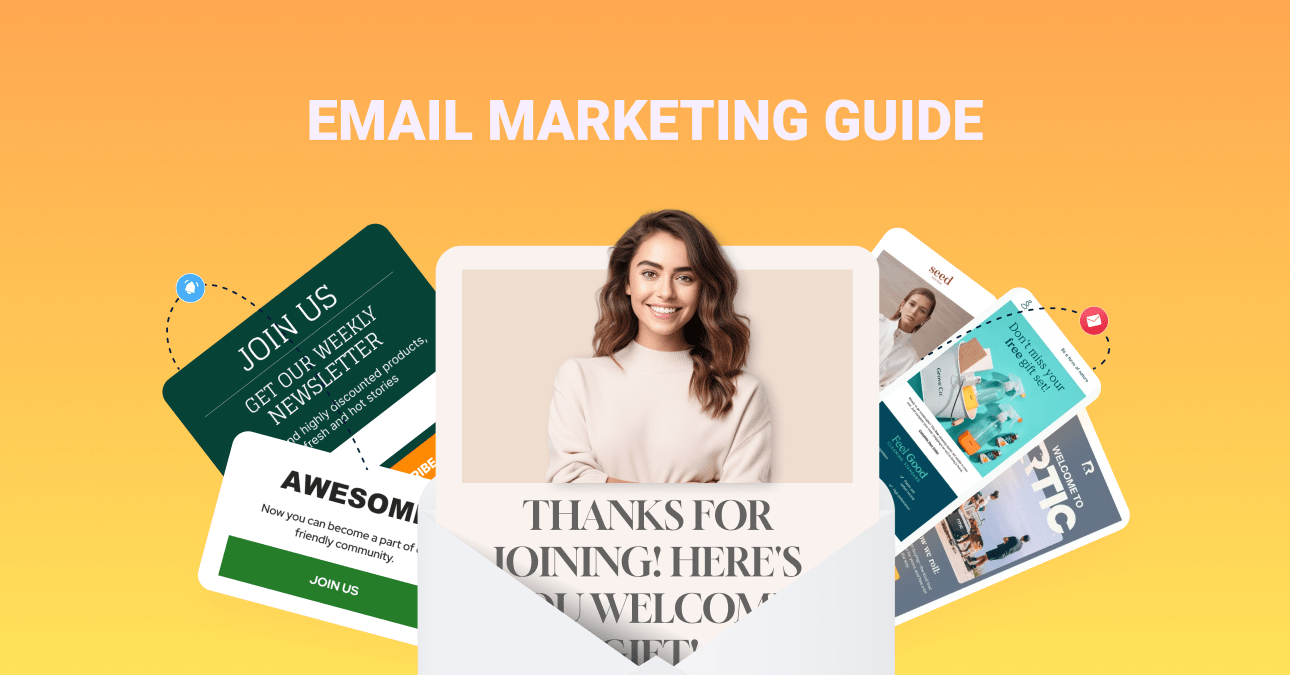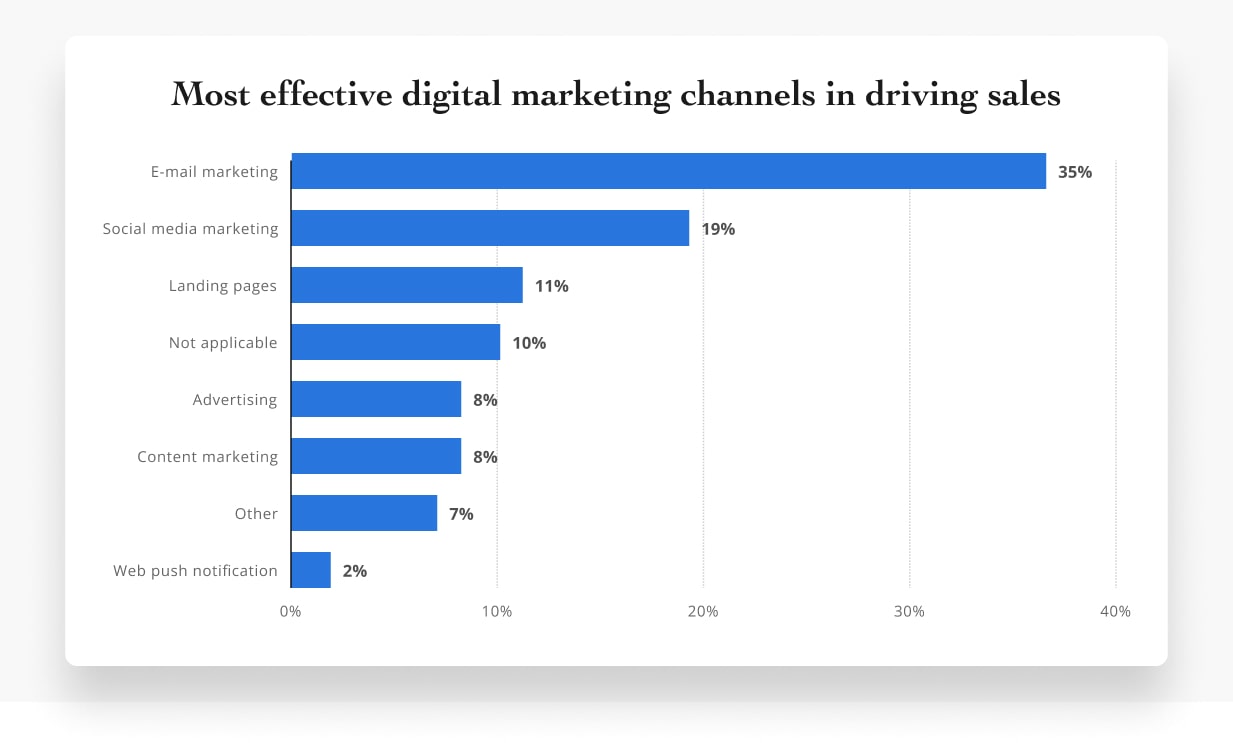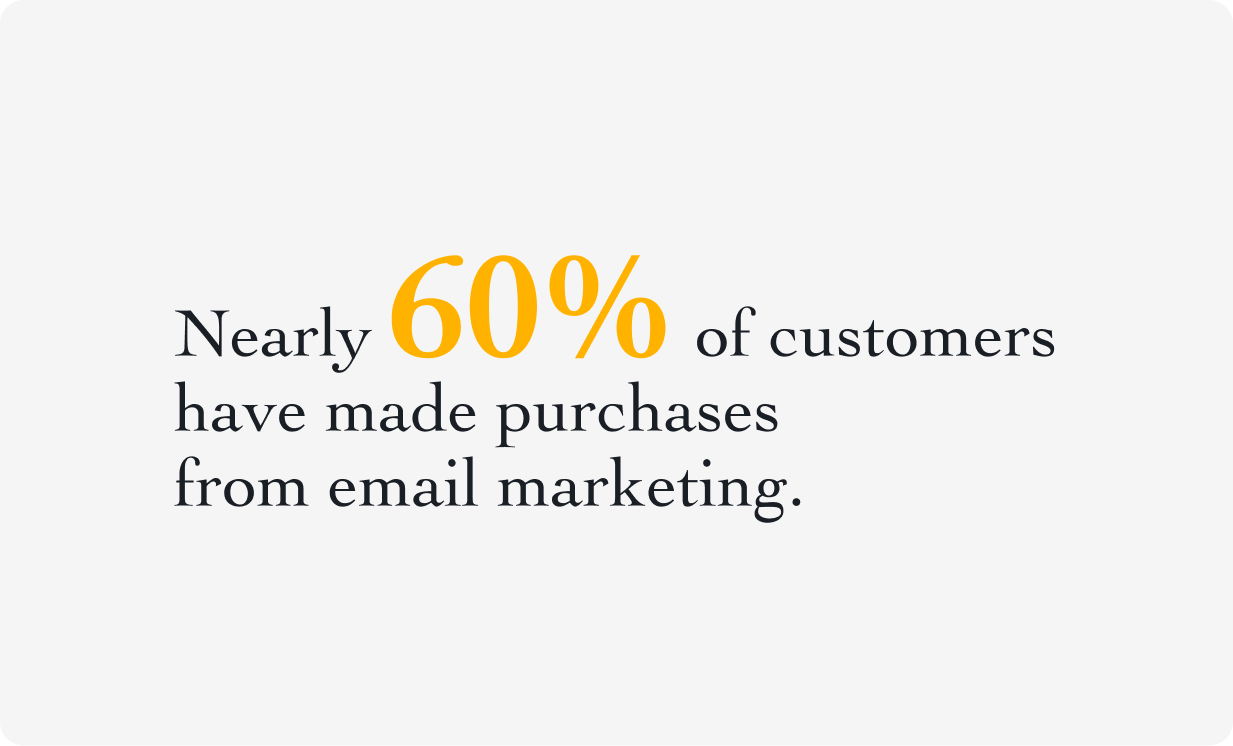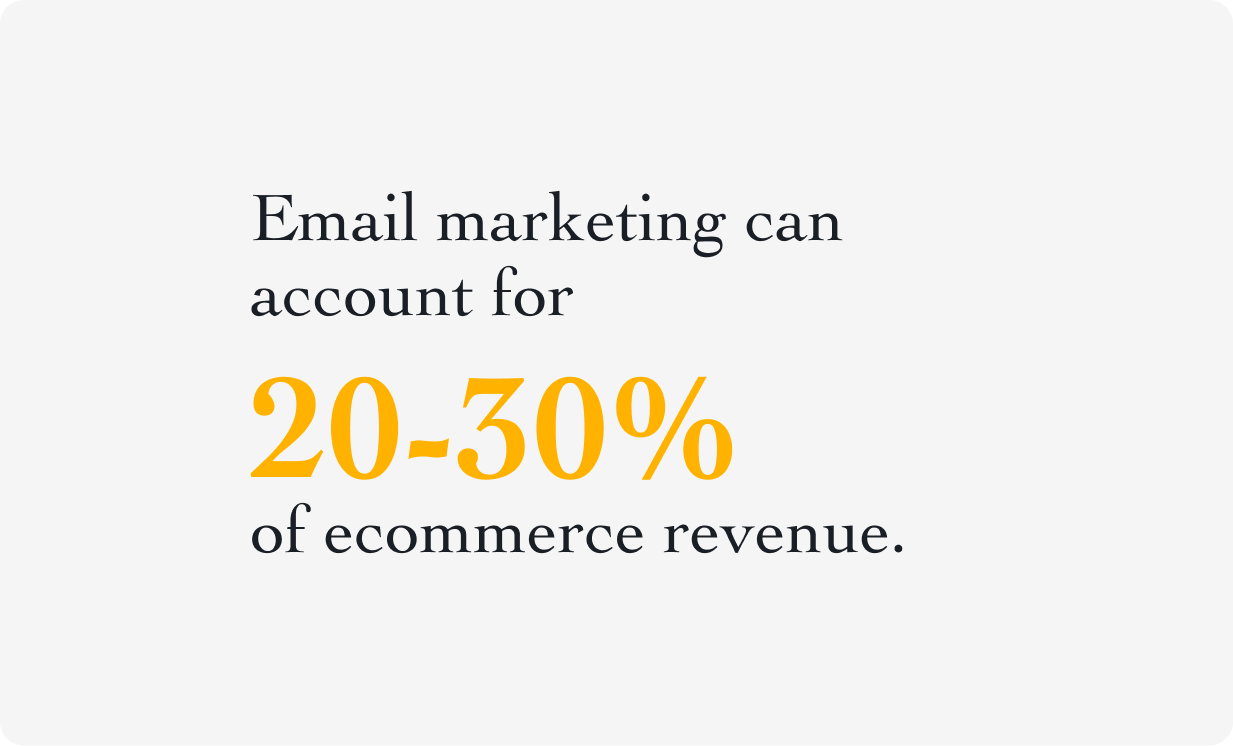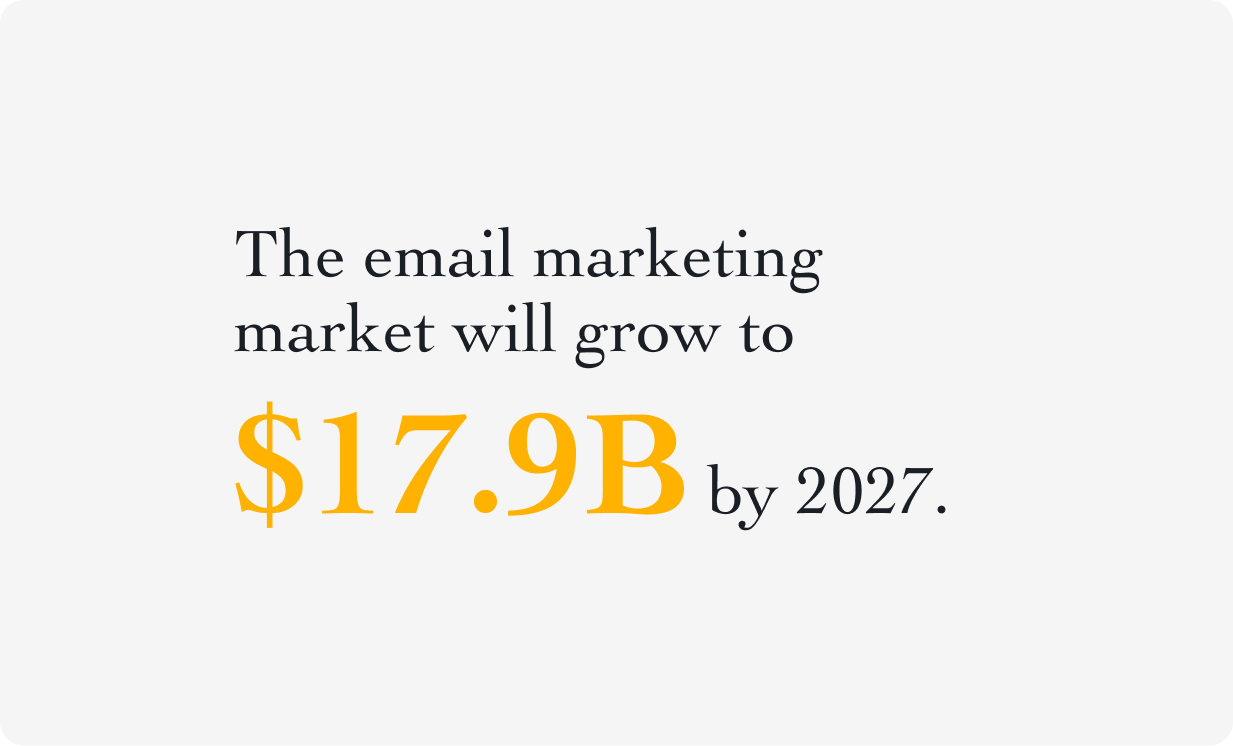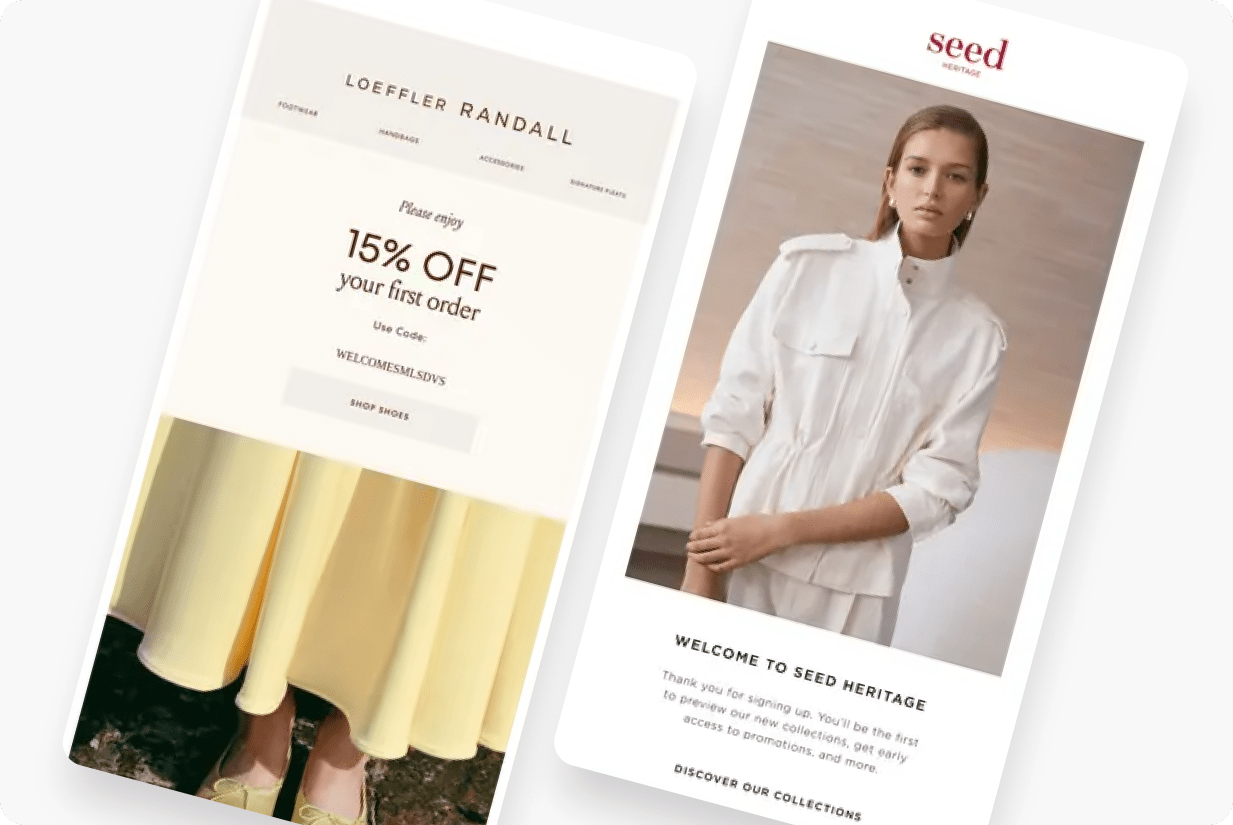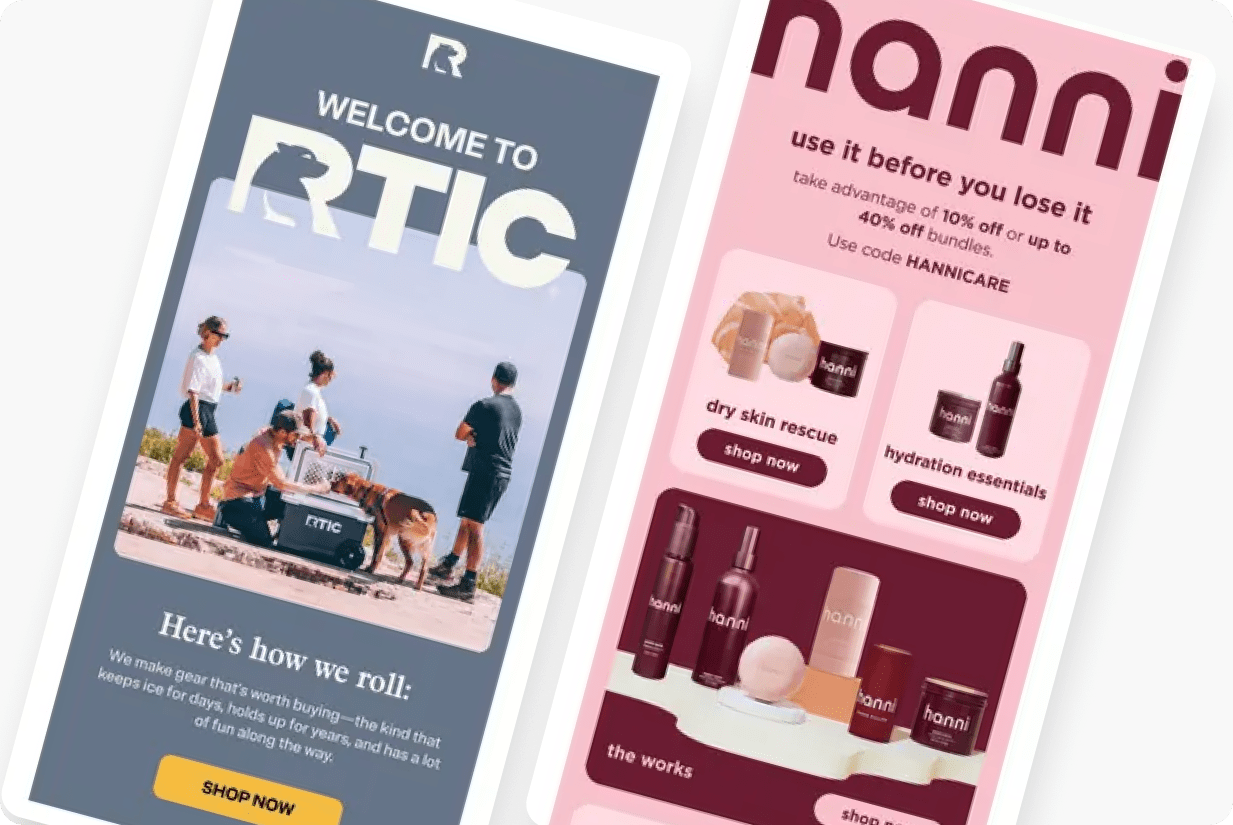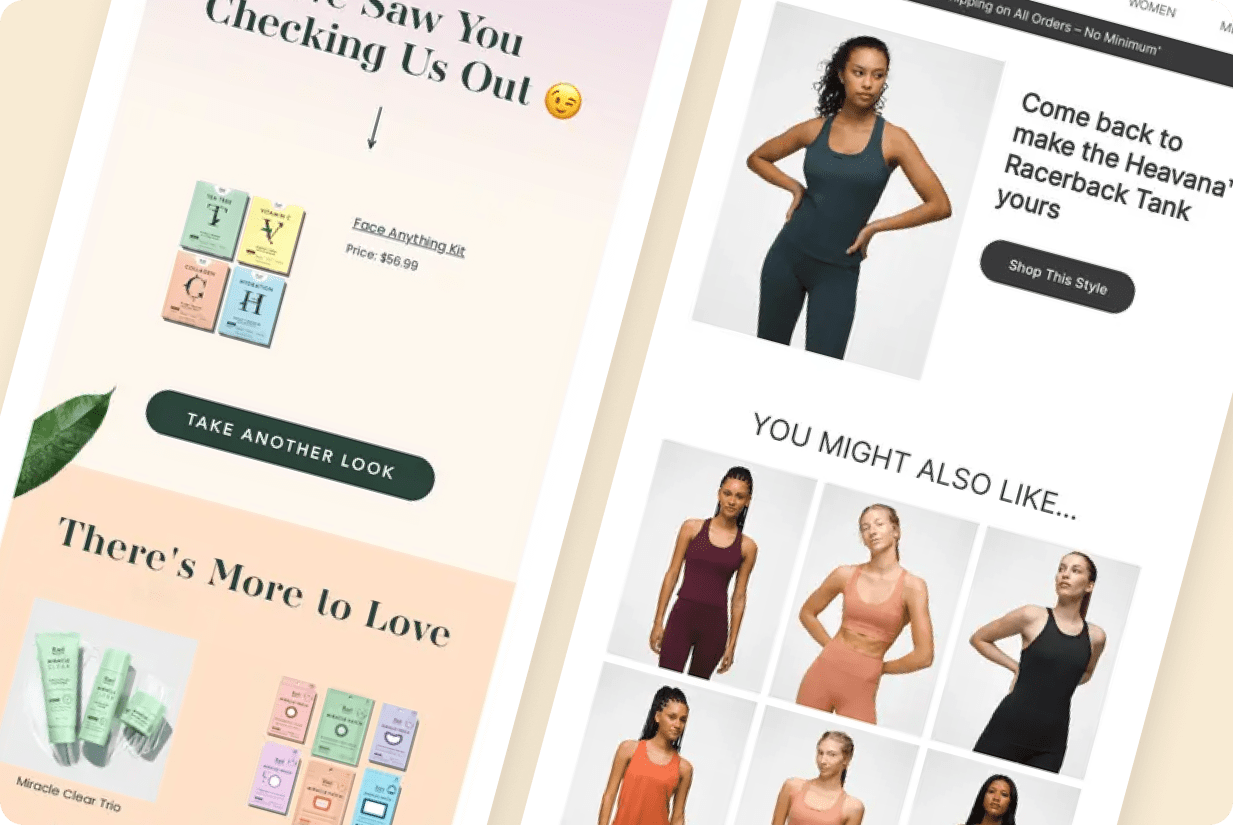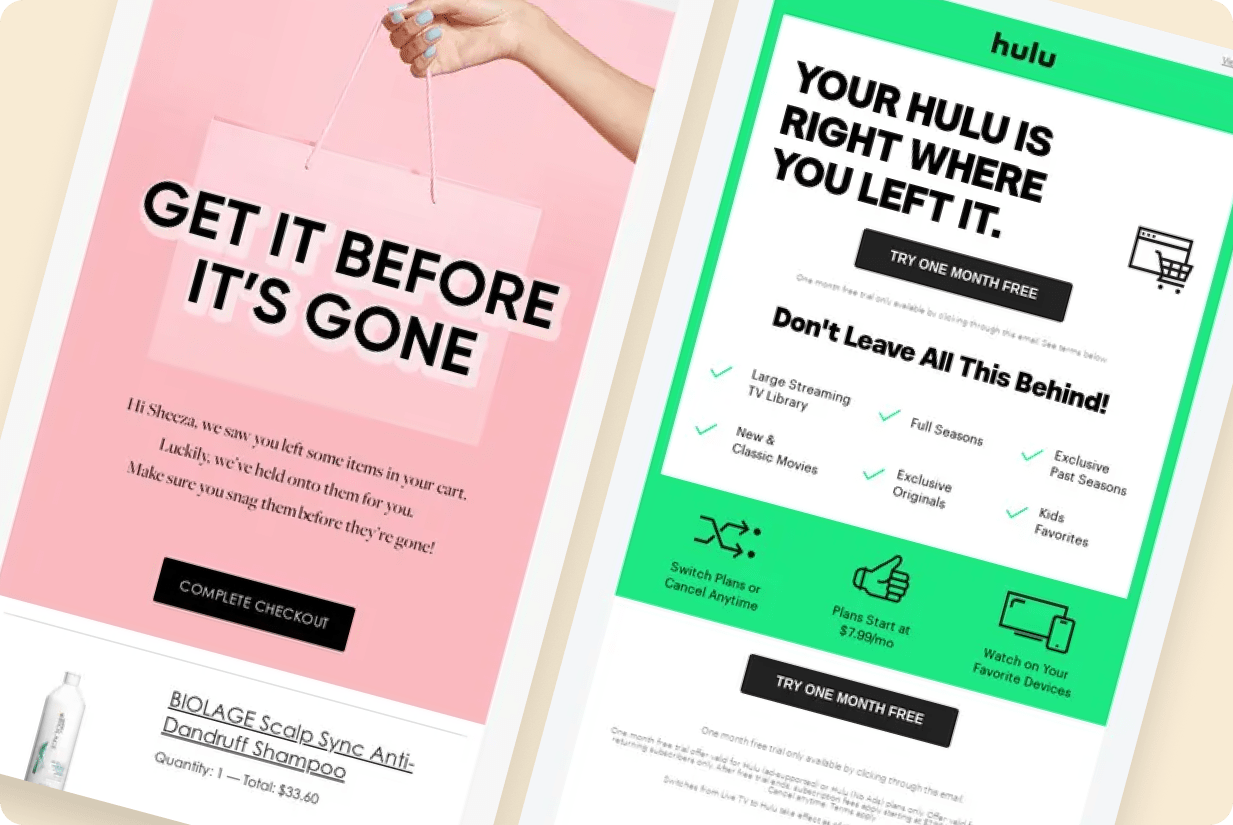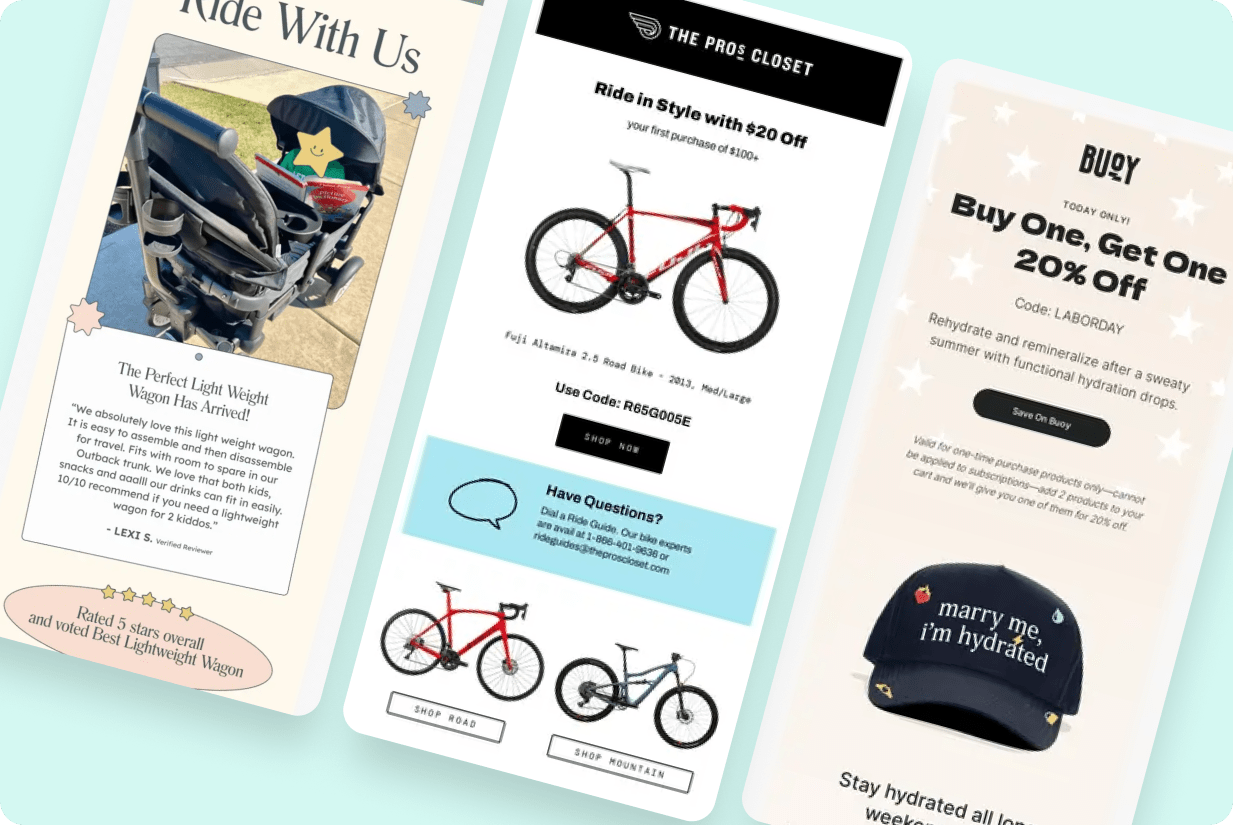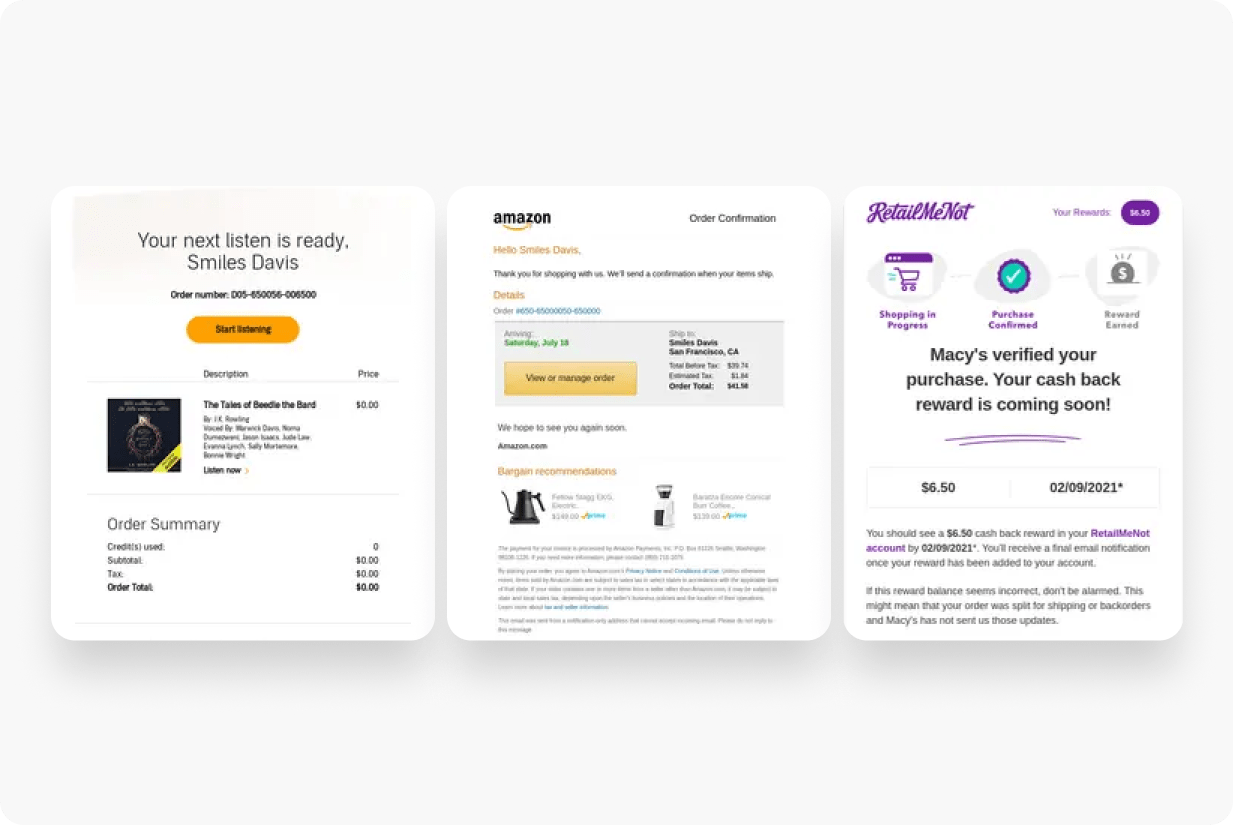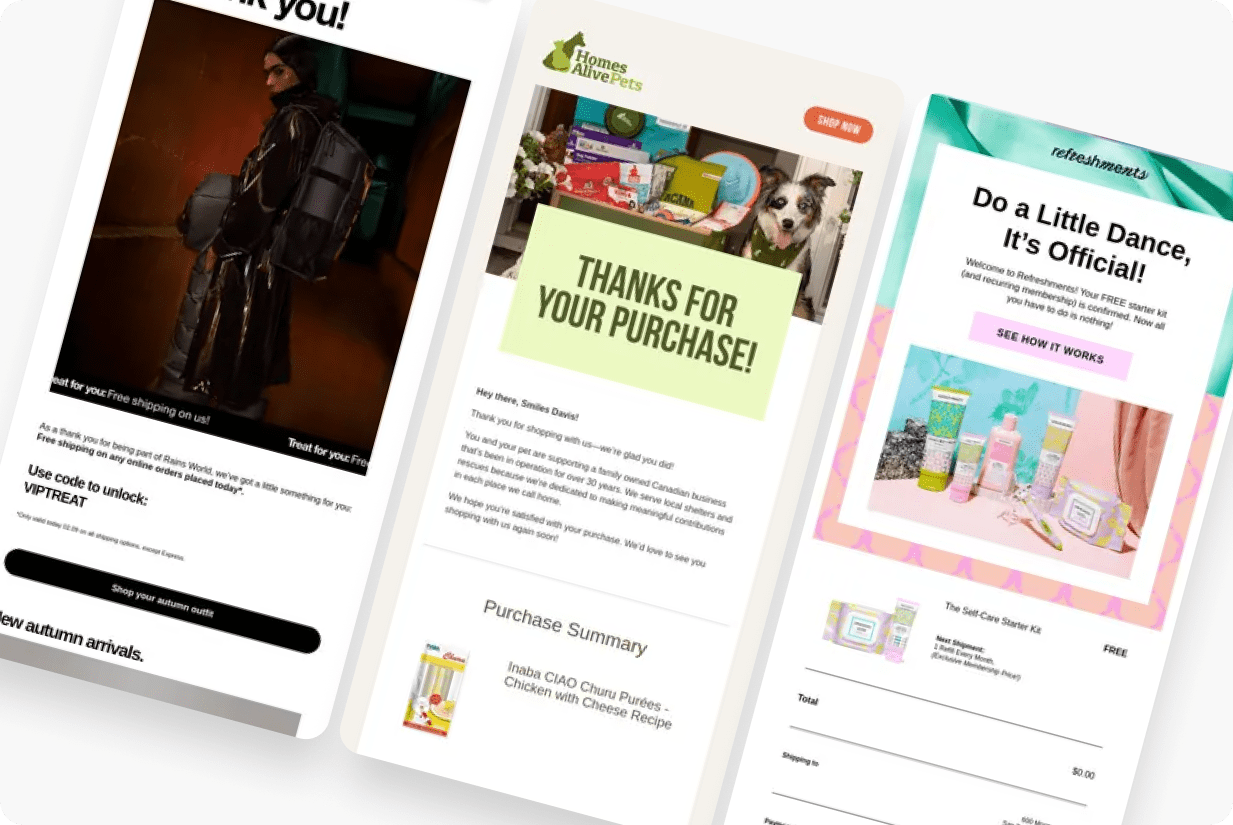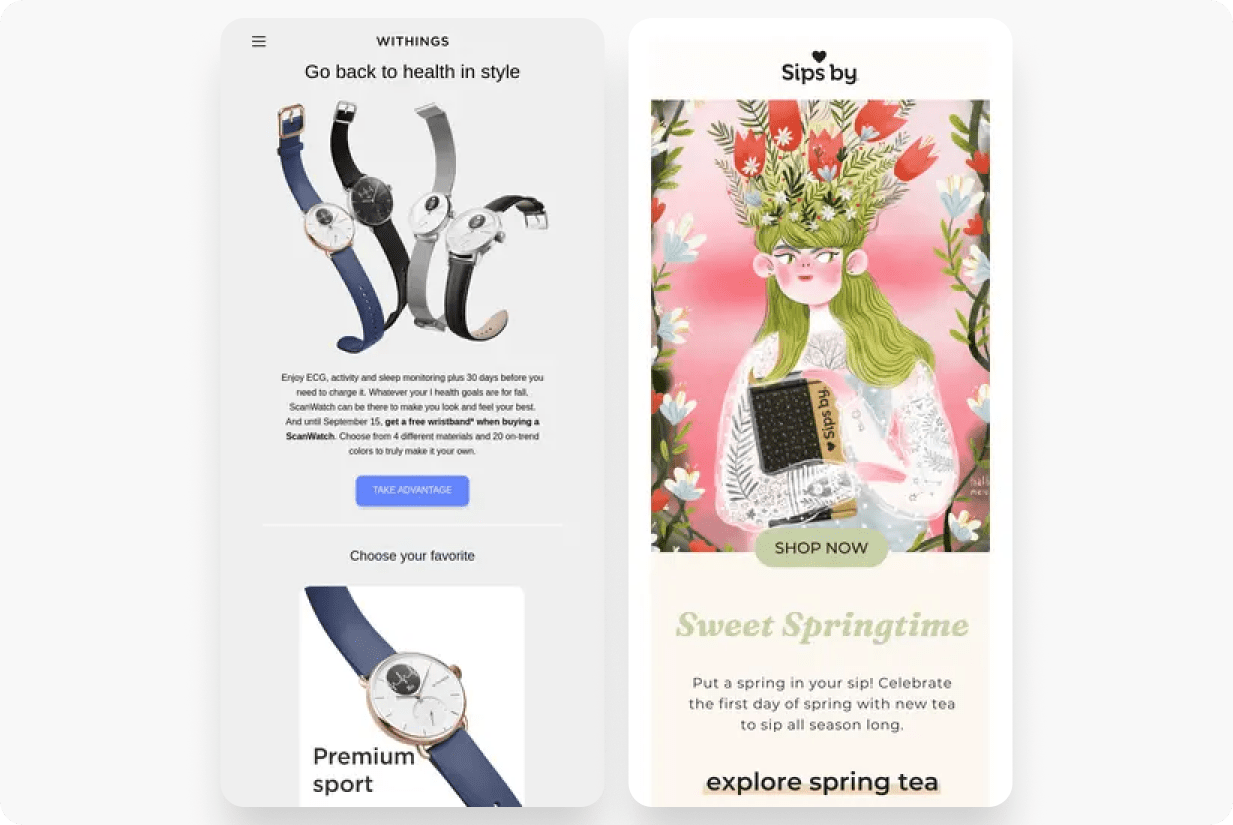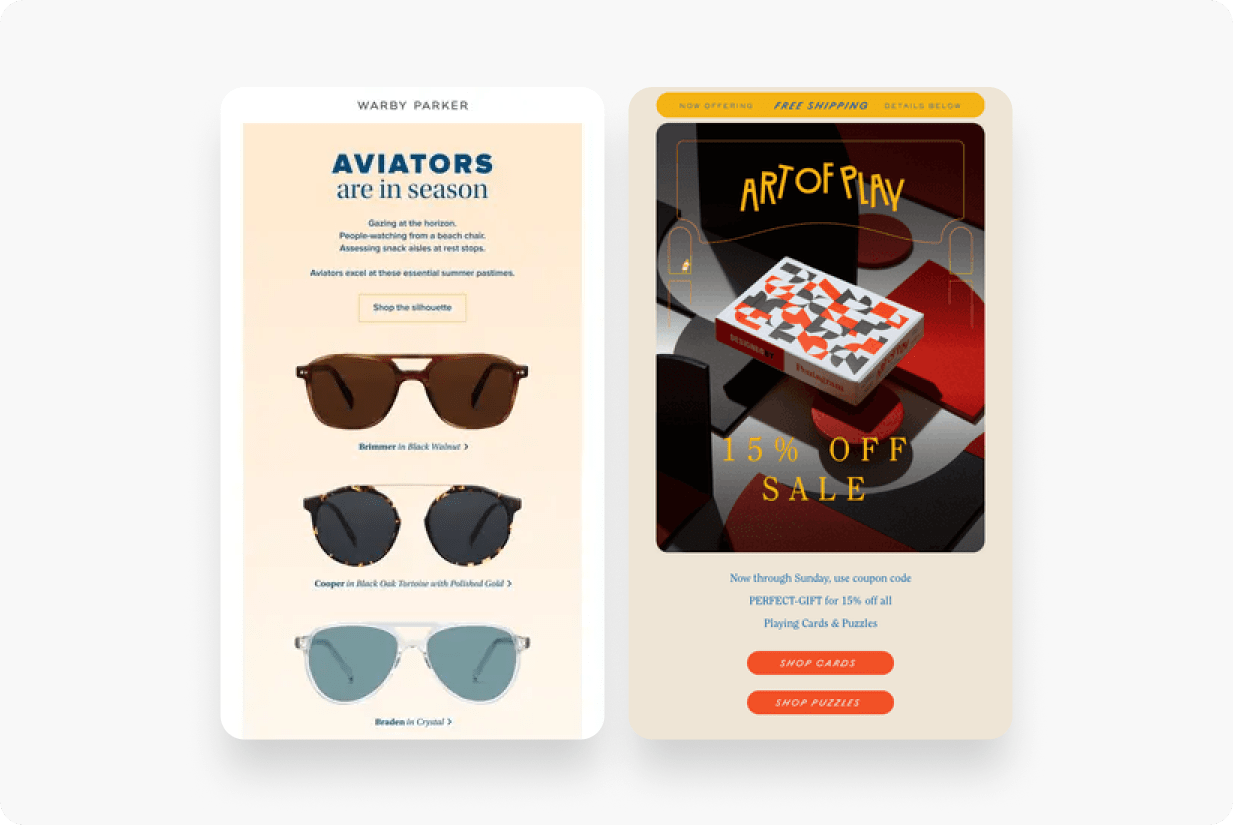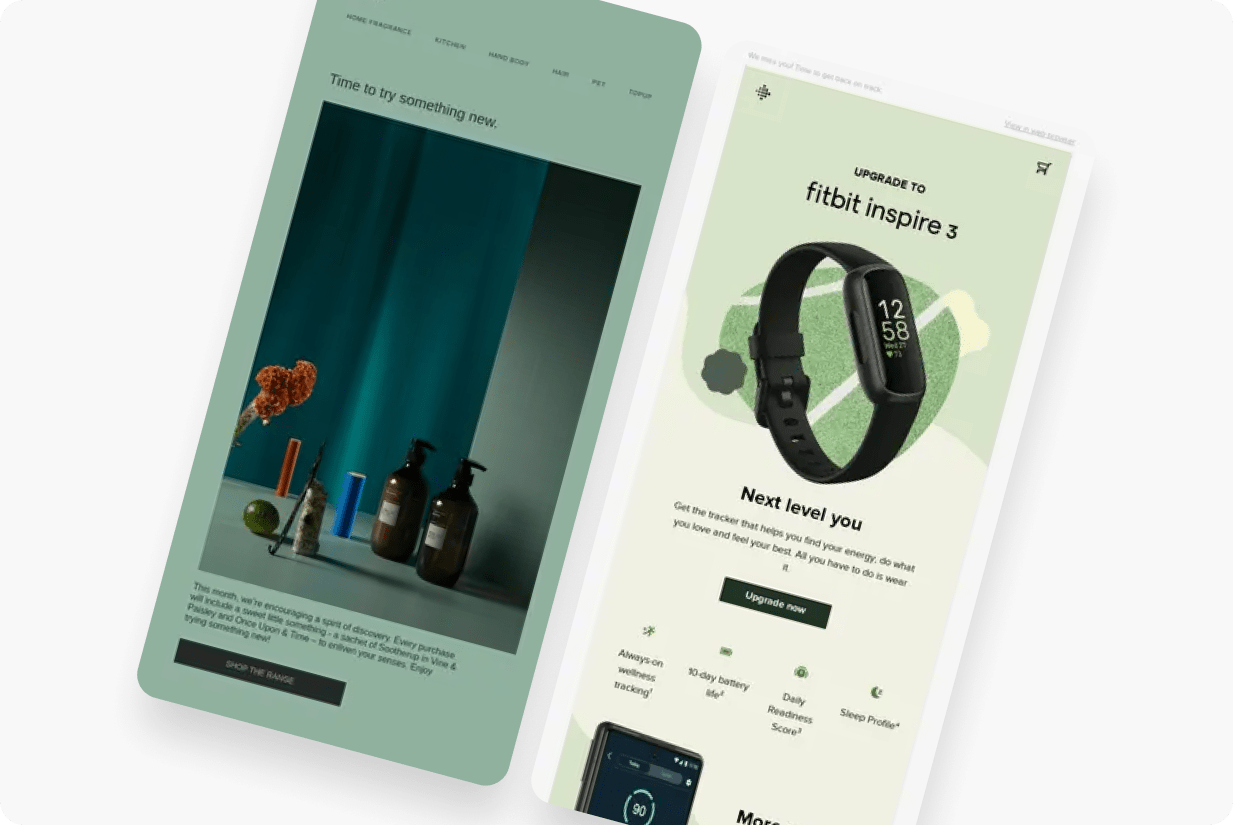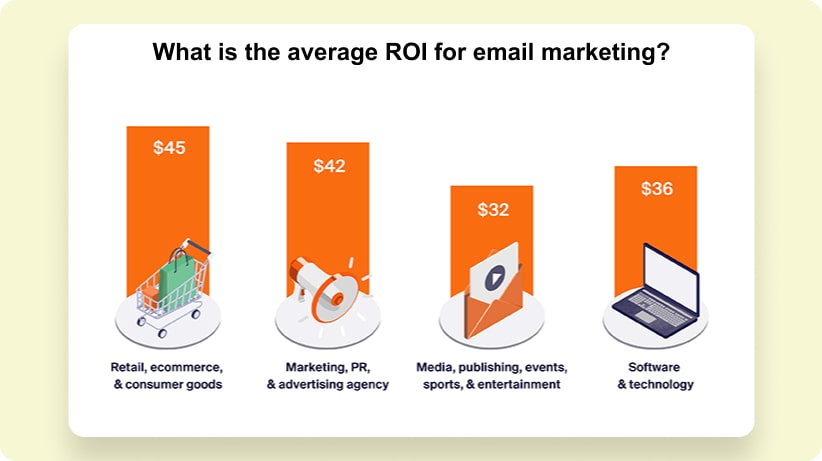Set It Once & Profit Forever: Email Marketing Guide For Dropshipping
Did you know that the average return on investment (ROI) for email marketing is $42 for every $1 spent?
That’s a huge return, showing why email marketing is one of the most effective ways to grow your business.
As a busy dropshipping store owner, you probably don’t have the time to read through tons of articles to figure out the best email marketing strategies. We understand!
That’s why we’ve gathered all the essential information for you in one place. No more searching or guessing – this guide includes proven methods to help you grow your email list, increase sales, and engage with your customers.
Whether you’re just starting or looking to improve your email marketing, we’ve got the tips and tools to help you take your strategy to the next level. Let’s dive in and unlock your store’s full potential!
[table_of_contents]
What is email marketing?
Email marketing is a powerful digital strategy where businesses send targeted emails to subscribers. These emails might promote products, offer discounts, or share important updates. For dropshipping stores, email marketing is a great way to stay in touch with potential buyers, bring traffic to your site, and showcase new deals or products to increase sales.
But email marketing is more than just promotions. It’s about building long-lasting relationships with your audience, providing useful information, and guiding them through the buying process – from discovering your products to making a purchase and receiving post-sale support.
With 35% of marketers saying email is their top-performing marketing channel, its ability to drive sales and build brand loyalty makes it an essential tool for ecommerce success.
Benefits of email marketing for dropshipping businesses
Email marketing has several advantages compared to other types of digital marketing, especially for dropshipping stores that need consistent and repeat traffic to drive sales.
1. Cost-effective: sending emails is much cheaper than running ads. With a good email marketing tool, you can send thousands of emails for just a small portion of what you’d spend on advertising.
2. Personalization: you can customize emails based on your customer’s behavior, preferences, and past purchases, making the message more relevant and engaging.
3. Direct access: unlike social media, where algorithms control what people see, emails go straight to your customers’ inboxes.
4. Automation: email campaigns can be automated, from welcome emails to reminders about abandoned carts, so you stay connected with your customers without spending too much time.
Here are some stats that show why email marketing is so important for ecommerce:
These numbers clearly show that email marketing has huge potential for online businesses and is a smart choice for dropshipping entrepreneurs.
When to use email marketing
While email marketing is very powerful, sending emails at the right time can make a big difference in your results.
Here are the best times to reach out to your customers via email:
1. Welcome series: when a new customer signs up or makes their first purchase, send them a friendly welcome email (or a series of emails) to introduce your brand and products.
2. Abandoned cart reminders: many people leave items in their carts without completing the purchase. Sending a reminder email, possibly with a small discount, can encourage them to come back and buy.
3. Promotional campaigns: for holiday sales, new product launches, or special events, emails are the perfect way to let your customers know.
4. Post-purchase follow-ups: after someone buys from you, send them a thank-you email and suggest related products they might like.
5. Re-engagement emails: if a customer hasn’t interacted with your store in a while, sending them a re-engagement email can bring them back.
Getting started with email marketing
Starting email marketing doesn’t need any advanced skills, but it does require some planning. Here are a few simple steps to help you get started:
1. Choose the right email marketing platform: look for tools like Mailchimp, Klaviyo, Omnisend, or Sellvia, which work well with ecommerce platforms. These tools make it easy to design, send, and track your emails.
2. Understand your audience: think about who your customers are. What are their problems and needs? Understanding your target audience will help you create more relevant and engaging email content.
3. Create a content strategy: decide what types of emails you want to send. Will you send weekly newsletters, monthly promotions, or seasonal offers? Having a plan keeps you consistent and helps you stay organized.
4. Set measurable goals: it’s important to have clear goals for each email campaign. Whether you want to increase open rates, boost sales, or reduce abandoned carts, set goals that you can track and measure.
How to create a mailing list for your online store
To succeed with email marketing, you need a strong mailing list. Building and growing your email list should be a key focus for your dropshipping store. Here are some easy ways to create and grow your list:
1. Sign-up forms: place sign-up forms on high-traffic pages of your website, such as the homepage, product pages, and checkout page.
2. Pop-up offers: use pop-ups offering a discount or free shipping in exchange for signing up. These can convert first-time visitors into subscribers.
3. Sign-up buttons on social media: include email sign-up buttons on your social media profiles, linking them directly to a subscription page.
4. Email signature: add a sign-up link in your email signature. If you’re communicating with potential partners or customers via email, this is a subtle yet effective way to grow your list.
5. Landing pages: create dedicated landing pages to collect emails, especially if you’re running an ad campaign or promoting a specific offer.
6. Offer benefits: give your subscribers a reason to sign up. Offer exclusive discounts, early access to products, or valuable content like ebooks or guides.
7. Use lead magnets: lead magnets are freebies offered in exchange for email addresses. These could be discount codes, free shipping offers, or downloadable content.
8. Call-to-action (CTA) on your About Us page: encourage visitors who read your “About Us” page to subscribe with a clear CTA like “Join our VIP list for exclusive deals.”
After setting up your sign-up tools, remember that you’ll need consistent traffic to your site to keep growing your mailing list. Running ads is a great way to drive more visitors.
While not every visitor will make an immediate purchase, capturing their email gives you a second chance to convert them later. With properly configured email marketing, follow-up emails can remind visitors of your brand, build relationships, and eventually turn them into loyal customers. Combining traffic from ads with email marketing allows you to continuously engage potential buyers, increasing the chances of conversions over time.
How to send marketing emails
Once you’ve built a mailing list, it’s time to start sending out marketing emails. These emails need to be carefully crafted, as every detail – from the subject line to the timing – is important in grabbing your audience’s attention and encouraging them to take action. Here are the key steps to help you create effective marketing emails:
1. Segment your audience
Divide your audience into groups based on things like their age, buying history, or behavior on your site. This way, you can send more personalized and relevant emails to each group, which increases the chances they will respond.
2. A/B test your emails
Try different subject lines, designs, and content to see what works best. A/B testing lets you compare different versions of your email to find the one that gets more people to open and click, helping you constantly improve your emails.
3. Track your email performance
Keep an eye on important data like how many people open your emails, click on links, or make a purchase. By monitoring these numbers, you can see what’s working well and what needs improvement.
4. Set clear goals (KPIs)
Set measurable goals, like increasing your open rate or click-through rate, so you know what success looks like for each campaign. Having clear Key Performance Indicators (KPIs) helps you stay focused on what matters most.
5. Adjust and improve
Use the data you collect to make changes. You might need to tweak your subject lines, add better visuals, or make your call-to-action stronger. Experimenting with different approaches will help you improve your results over time.
6. Understand the difference between Marketing Emails and Follow-ups
Marketing emails are broader, focusing on showcasing your products, offering discounts, or announcing new arrivals. Follow-up emails are more personal and are sent after specific actions, like abandoning a cart or signing up for an offer. Both types of emails are essential for staying connected with your audience and boosting sales.
7. Use an email marketing report template
To stay organized, use a template to track your email performance. This makes it easier to see patterns, monitor progress, and make better decisions for your future campaigns.
Key components of a successful marketing email
Let’s go over the key elements that make a marketing email effective:
- Copy: keep the message in your email simple and in line with your brand’s style. Focus on one main point instead of covering too much at once. This helps your readers understand the message clearly without feeling overwhelmed.
- Images: use high-quality images that match your message and make your email look appealing. Make sure they load quickly and display well on both phones and computers.
- Call-to-Action (CTA): the CTA is the part of your email where you ask the reader to take a specific action, like making a purchase or signing up for something. It should be easy to spot and direct people to what you want them to do next.
- Timing: the time you send your emails can affect how many people open them. Research shows that sending emails on Tuesdays around 11 AM works well for many businesses. But it’s smart to test different times to find what works best for your audience.
- Responsiveness: since more than half of emails are opened on mobile devices, make sure your emails look good on both mobile and desktop screens. This will help keep your emails readable and engaging no matter what device people use.
- Personalization: personalizing your emails can make them more engaging. Use the recipient’s name and customize the content based on their preferences or past purchases to make the message feel more relevant.
- Subject line: a strong subject line is key to getting people to open your email. Keep it clear, attention-grabbing, and related to what’s inside. Personalizing it can also help increase open rates.
By focusing on these components, you can create emails that catch your audience’s attention and drive better engagement and sales. Remember, email marketing is a process of continuous improvement, so keep testing and adjusting your strategy to get the best results.
Email regulations you should know
Following email regulations is essential for keeping your emails out of spam folders and gaining your customers’ trust. Two important laws—CAN-SPAM and GDPR—guide how businesses should manage customer data in email marketing. To comply with these rules, always include an easy-to-find unsubscribe link, use a real “From” address, and make sure your subject lines aren’t misleading.
Even if you follow the rules, your emails could still end up in the spam folder. To improve your email deliverability, encourage subscribers to add your email to their safe sender list, avoid using words like “Buy now” or too many exclamation marks, and use a double opt-in system to confirm that subscribers genuinely want your emails. These steps will help ensure that your messages reach your customers’ inboxes instead of their spam folders.
Final thoughts
Email marketing is a powerful way to connect with your customers, increase sales, and build lasting relationships. By focusing on key strategies like growing a high-quality email list, sending personalized messages, and continuously improving your approach, you can unlock the full potential of your dropshipping business.
Remember, success doesn’t come instantly. Email marketing is an ongoing process of learning, testing, and refining. Stay dedicated, keep adjusting your strategy, and you’ll see your store grow, along with your loyal customer base and profits.
Looking for easier ways to boost your sales? Expand your customer base and increase your revenue with our done-for-you email marketing services.
DISCOVER MORE